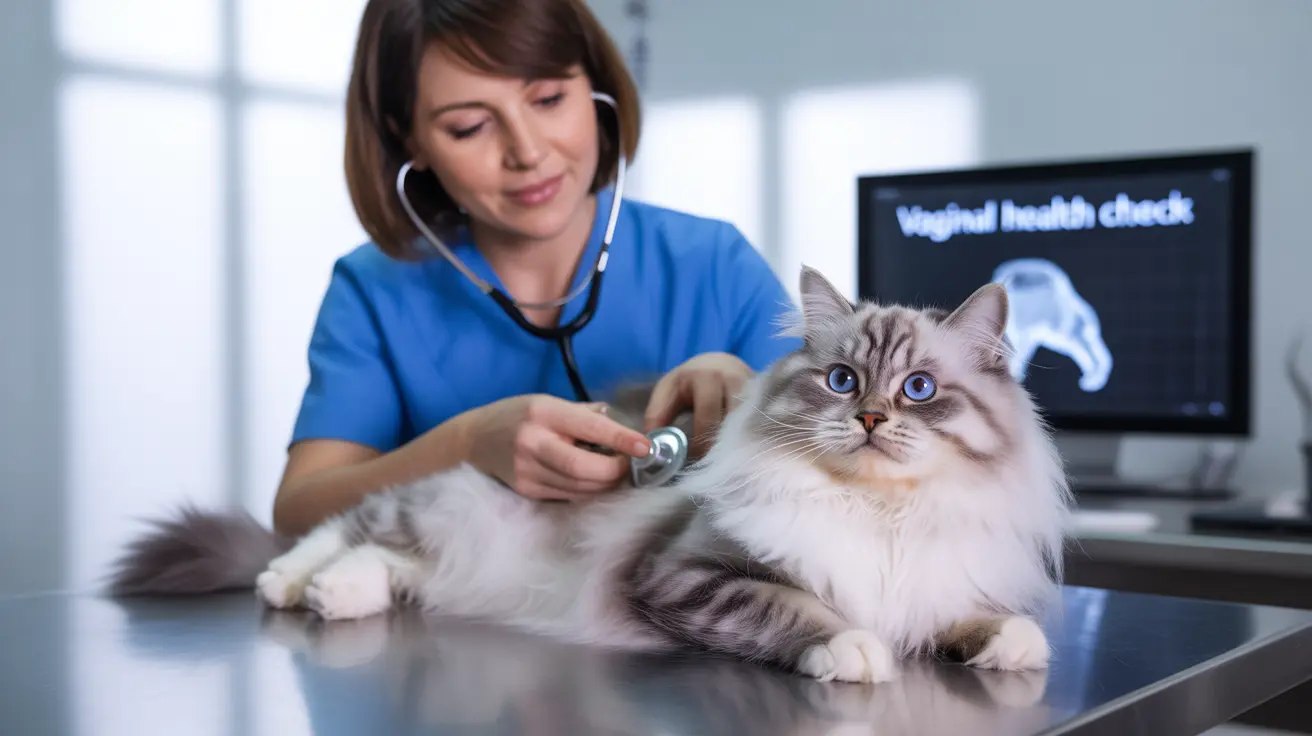As a cat owner, understanding your feline friend's reproductive health is crucial for ensuring their overall well-being. Vaginal issues in cats can range from mild infections to serious medical conditions that require immediate veterinary attention. This comprehensive guide will help you recognize, understand, and properly address various vaginal health concerns in cats.
Whether you have a young kitten or an adult cat, being informed about potential vaginal abnormalities can help you spot problems early and ensure your pet receives appropriate care when needed. Let's explore the various aspects of feline vaginal health and what you need to know as a responsible pet parent.
Common Types of Vaginal Conditions in Cats
Cats can experience several types of vaginal issues throughout their lives. Some are present from birth (congenital), while others develop over time. Common conditions include:
- Vaginitis (inflammation of the vaginal area)
- Structural abnormalities like vaginal septa
- Infections (bacterial or viral)
- Tumors or cysts
- Trauma-related issues
Identifying Signs of Vaginal Problems
Early detection of vaginal issues is crucial for successful treatment. Watch for these warning signs:
- Excessive licking of the genital area
- Unusual discharge or bleeding
- Changes in urination habits
- Visible swelling or redness
- Signs of discomfort or pain
- Behavioral changes
Diagnosis and Medical Assessment
When vaginal problems are suspected, veterinarians typically perform several diagnostic procedures:
- Physical examination
- Vaginal cytology
- Blood tests
- Imaging studies (ultrasound or X-rays)
- Bacterial culture when needed
Treatment Approaches and Management
Treatment varies depending on the specific condition and its severity. Common approaches include:
- Antibiotics for bacterial infections
- Surgical correction for structural abnormalities
- Anti-inflammatory medications
- Specialized cleaning and hygiene protocols
- Regular monitoring and follow-up care
Prevention and Long-term Care
Preventing vaginal issues in cats often involves:
- Regular veterinary check-ups
- Maintaining proper hygiene
- Spaying at an appropriate age
- Weight management
- Monitoring for early signs of problems
Frequently Asked Questions
What are the common causes of vaginal discharge in cats and how can I identify them?
Vaginal discharge in cats can be caused by infections, hormonal changes, or structural abnormalities. Normal discharge should be minimal and clear. Any discharge that is colored, excessive, or has an unusual odor should be evaluated by a veterinarian.
How can congenital vaginal abnormalities affect my cat's health and what treatments are available?
Congenital abnormalities like vaginal septa or imperforate hymens can affect breeding, cause discomfort, and lead to infections. Treatment usually involves surgical correction, and the prognosis is generally good with proper veterinary care.
What symptoms indicate that my cat might have a vaginal infection or pyometra?
Signs of infection or pyometra include vaginal discharge, lethargy, decreased appetite, increased thirst, and frequent urination. These conditions require immediate veterinary attention as they can become life-threatening.
When should I take my cat to the vet for vaginal abnormalities or unusual discharge?
Seek veterinary care if you notice any unusual discharge, excessive licking, behavioral changes, or signs of discomfort. Early intervention is crucial for preventing serious complications.
How can spaying and proper hygiene help prevent vaginal diseases in cats?
Spaying eliminates the risk of pyometra and reduces the likelihood of certain infections and tumors. Good hygiene practices help prevent bacterial infections and other complications, especially in older or overweight cats.
Conclusion
While vaginal health issues in cats can be concerning, most conditions are treatable when caught early. Regular veterinary check-ups, proper hygiene, and awareness of potential problems can help ensure your cat maintains good reproductive health throughout their life. Don't hesitate to consult your veterinarian if you notice any unusual symptoms or changes in your cat's behavior.






